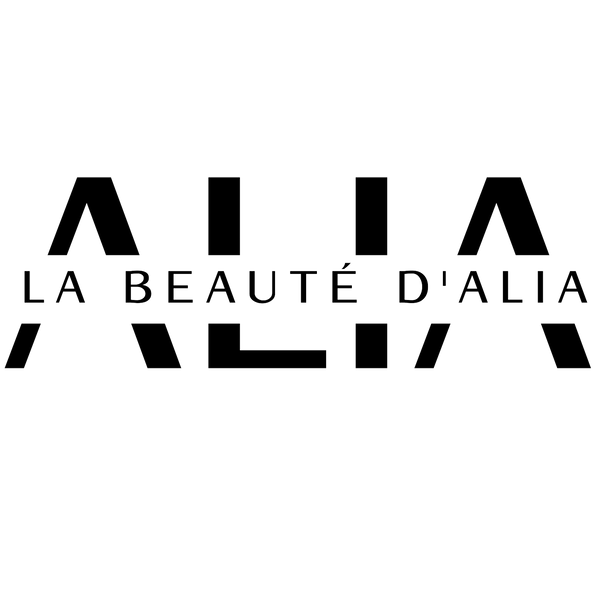Introduction
Contouring and highlighting are transformative makeup techniques that can enhance your features and create a sculpted, glowing look. Whether you're a makeup novice or an experienced beauty enthusiast, mastering these techniques can take your makeup game to the next level. In this detailed guide, we'll cover the basics of contouring and highlighting, including which products to use, where to apply them, and step-by-step instructions for different face shapes. You'll also learn tips on blending for a natural finish and advanced techniques for a more dramatic effect. Let's dive in and discover how to master the art of contouring and highlighting.
Understanding Contouring and Highlighting
Contouring: Contouring involves using darker shades to create shadows and define areas of the face, such as the cheekbones, jawline, and nose. This technique helps to sculpt and add dimension to your face, making it appear more chiseled and structured.
Highlighting: Highlighting, also known as strobing, involves using lighter shades to bring attention to the high points of your face, such as the tops of the cheekbones, brow bones, and the bridge of the nose. This technique adds a luminous glow and enhances the natural structure of your face.
Choosing the Right Products
Cream vs. Powder:
- Cream Products: Cream contour and highlight products are ideal for dry to normal skin types. They provide a more natural, dewy finish and are easy to blend.
- Powder Products: Powder contour and highlight products work well for oily skin types and those looking for a matte finish. They are also great for setting cream products to ensure longevity.
Contour Products:
- Shades: Choose a contour shade that is 1-2 shades darker than your natural skin tone. For a more natural look, opt for cool-toned shades that mimic natural shadows.
- Products: Contour sticks, cream contours, and contour powders are all effective options. Choose the formula that best suits your skin type and desired finish.
Highlight Products:
- Shades: Choose a highlight shade that is 1-2 shades lighter than your natural skin tone. For a more radiant look, opt for shades with a slight shimmer or pearlescent finish.
- Products: Liquid highlighters, cream highlighters, and powder highlighters are all effective options. Choose the formula that best suits your skin type and desired finish.
Step-by-Step Instructions for Contouring and Highlighting
1. Prepping Your Skin:
- Cleanse and Moisturize: Start with a clean, moisturized face to ensure smooth application.
- Primer: Apply a primer to create a smooth base and help your makeup last longer.
2. Applying Foundation:
- Foundation: Apply your foundation as usual to create an even canvas. Use a beauty sponge or brush to blend it seamlessly into your skin.
3. Contouring:
- Forehead: Apply contour along the hairline to reduce the appearance of a larger forehead.
- Cheekbones: Suck in your cheeks to find the hollows, then apply contour from the top of your ear down towards the corner of your mouth, stopping mid-cheek. Blend upwards to create a natural shadow.
- Nose: Apply contour along the sides of your nose to create the illusion of a slimmer nose. Blend well to avoid harsh lines.
- Jawline: Apply contour along your jawline and blend downwards to define your jaw and reduce the appearance of a double chin.
4. Highlighting:
- Cheekbones: Apply highlighter to the tops of your cheekbones to accentuate them.
- Brow Bones: Apply highlighter just below your brow bones to lift your brows and open up your eyes.
- Bridge of the Nose: Apply a thin line of highlighter down the bridge of your nose to make it appear straighter and more defined.
- Cupid's Bow: Apply highlighter to the cupid's bow (the area just above your upper lip) to make your lips appear fuller.
- Inner Corners of the Eyes: Apply highlighter to the inner corners of your eyes to brighten and widen your eyes.
5. Blending:
- Blending: Use a damp beauty sponge or a blending brush to blend the contour and highlight products seamlessly into your skin. The key to a natural look is blending well to avoid harsh lines.
6. Setting:
- Setting Powder: Set your makeup with a translucent setting powder to lock everything in place and reduce shine.
Advanced Techniques for a Dramatic Effect
1. Layering Products:
- For a more dramatic contour and highlight, layer cream and powder products. Start with cream contour and highlight, blend well, then set with powder contour and highlight for added intensity and longevity.
2. Highlighting with Color:
- Experiment with colored highlighters for a unique, luminous effect. Shades like pink, gold, and champagne can add a beautiful, multidimensional glow.
3. Contouring with Bronzer:
- Use bronzer to warm up your complexion and add depth to your contour. Apply bronzer to the areas where you would normally contour for a sun-kissed, sculpted look.
Tips for Different Face Shapes
1. Oval Face:
- Contour: Focus on the cheekbones and forehead.
- Highlight: Emphasize the cheekbones, brow bones, and bridge of the nose.
2. Round Face:
- Contour: Focus on the sides of the forehead, under the cheekbones, and along the jawline.
- Highlight: Emphasize the center of the forehead, cheekbones, and bridge of the nose.
3. Square Face:
- Contour: Focus on the sides of the forehead, under the cheekbones, and along the jawline.
- Highlight: Emphasize the center of the forehead, cheekbones, and bridge of the nose.
4. Heart-Shaped Face:
- Contour: Focus on the sides of the forehead and under the cheekbones.
- Highlight: Emphasize the center of the forehead, cheekbones, and bridge of the nose.
Conclusion
Contouring and highlighting are powerful techniques that can enhance your natural features and create a sculpted, glowing look. By choosing the right products, applying them correctly, and blending well, you can achieve a professional finish at home. Experiment with different techniques and find what works best for your face shape and desired effect. With practice, you'll master the art of contouring and highlighting in no time.

